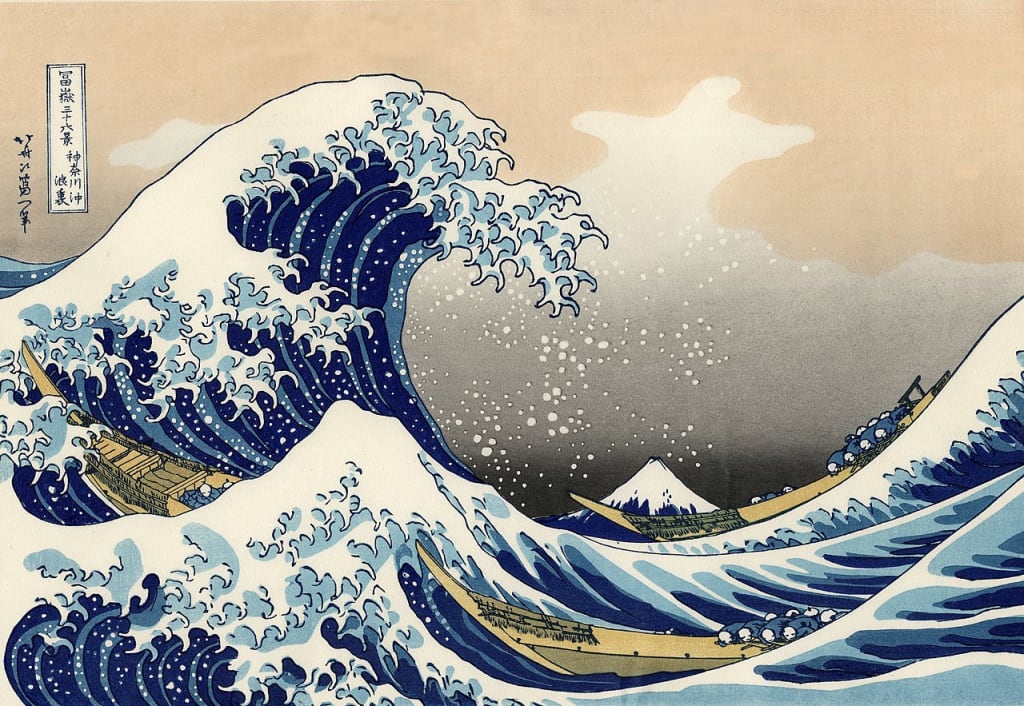
Art, in its multifarious manifestations, transcends the boundaries of a simplistic definition. More than just a human endeavor, art signifies a voyage into the depths of expression, communication, and engagement with the assorted threads of human experiences, emotions, ideas, and narratives. This complexity is what makes art intriguing, rendering it an eternal puzzle to decipher. To unravel this enigma, one needs to examine its intricate properties, traverse its diverse forms, and comprehend the varied contexts within which it thrives and evolves.
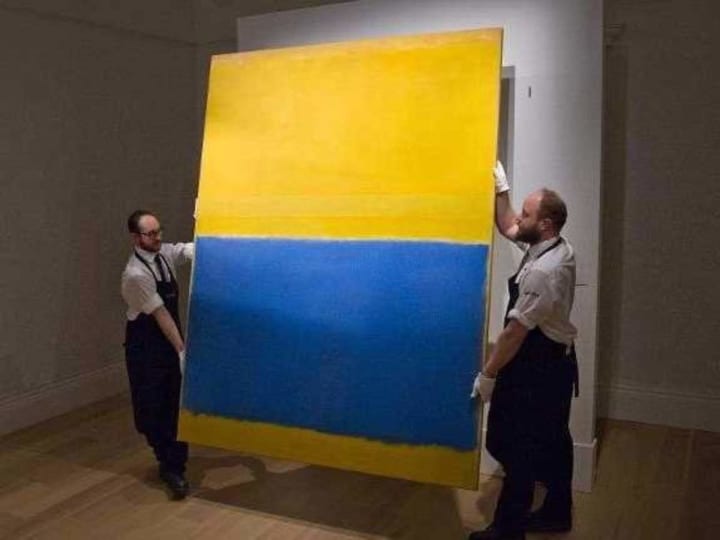
Art can be discerned from an aesthetic perspective, which revolves around the pillars of form and content. The form encompasses the physical and discernible elements that make up the artwork: colors, shapes, lines, textures, and how these elements interact within the space they inhabit. For instance, the minimalist creations by Mark Rothko leverage abstract blocks of colors and elementary geometric shapes to trigger multifaceted emotional responses. In stark contrast, the exquisite detail etched into a sculpture by Michelangelo signifies the pinnacle of the artist's craftsmanship, demonstrating how the form can profoundly impact the viewer's perception.
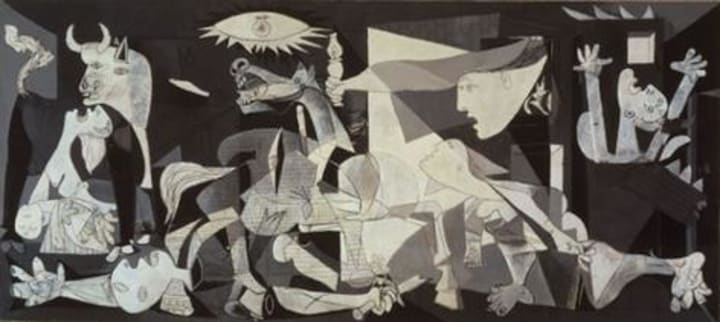
Contrarily, the content symbolizes the concepts, themes, and emotions that the artwork strives to articulate. This subtle, yet profound, message is a labyrinth hidden within the architecture of the physical form. The content can vary from a nuanced commentary on societal issues, as embodied in Banksy's provocative graffiti art, to a visceral exploration of human suffering, as portrayed hauntingly in Picasso's masterpiece, “Guernica”.

Artistic expression isn't confined to a single form or medium. It spans a vast spectrum, including visual arts, literature, music, dance, and performance art, each of which uses a unique language to communicate. For instance, visual arts employ visual imagery and symbols to convey their message, integrating disciplines like painting, sculpture, photography, and digital art. On the other hand, literature uses the potency of words to construct narratives, flesh out characters, and delve into various themes. Music, another form of art, expresses emotion and ideas through rhythm, melody, and harmony, whereas dance communicates through the power of movement and body language.
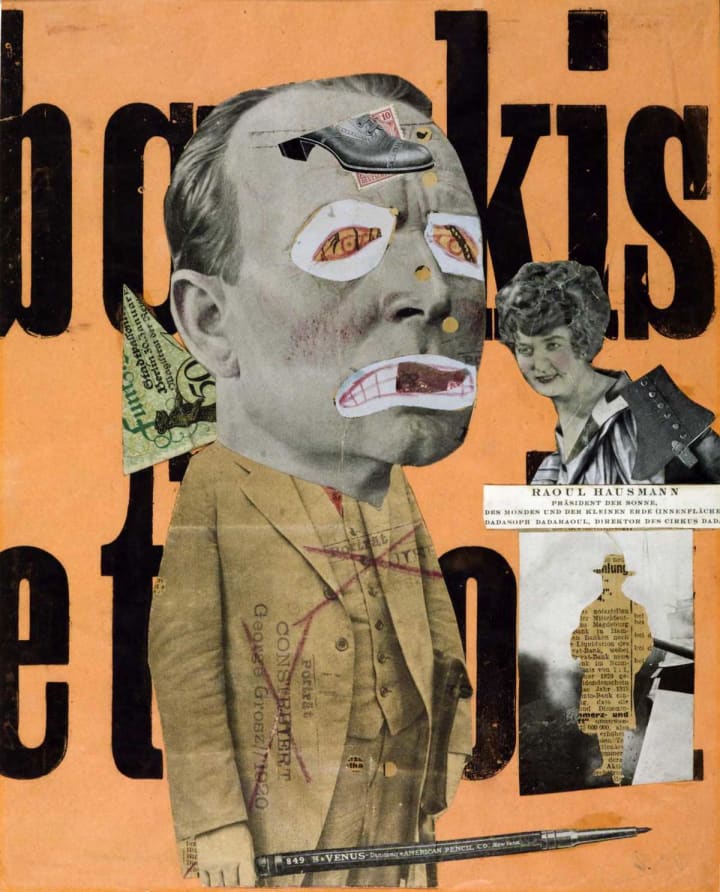
Context represents another crucial facet in understanding art. It acts as the backdrop against which an artwork is created and presented, thus influencing its form, content, and reception. Art often mirrors the zeitgeist of its era, encapsulating the collective consciousness of a society. Alternatively, it can defy the status quo, challenging societal norms and conventions, often leading to the birth of revolutionary movements. The Dada movement, for instance, emerged in response to the horrors of World War I. It represented a rebellion against logic, reason, and the aestheticism that dominated the art movements of the time.
At its core, art can be viewed as a reflective, multifaceted phenomenon. Through the interplay of form and content, art communicates across various mediums, sculpted by its socio-cultural context. It's a reflection of human existence and a language for expressing complex emotions and ideas. Simultaneously, it acts as a provocateur, challenging our perceptions and pushing us to question our assumptions.
Art is more than an object or a performance—it's a testament to our profound desire to express, communicate, and connect. As an essential aspect of the human experience, art elicits wonder, inspires thought, and fosters understanding. Its forms may change, its techniques may evolve, and its mediums may diversify, but the essence of art, the human spirit's quest to understand and express itself, remains constant.
Through its myriad expressions, art invites us on a journey—a quest to perceive the world from diverse perspectives, a voyage of self-discovery, and an exploration into the human soul. Whether it serves as a reflection of the society that produces it or as a tool to challenge the established norms, art stands as an enduring testament to our creative potential and our ongoing quest to express the depth and breadth of the human experience.
About the Creator
Midas
Hello! I'm Midas, the storytelling enthusiast. From mythical tales to high-stakes adventures, I bring life's magic to paper. When not weaving words, I delve into books or on a global escapade. Join me, as every tale is a golden adventure!


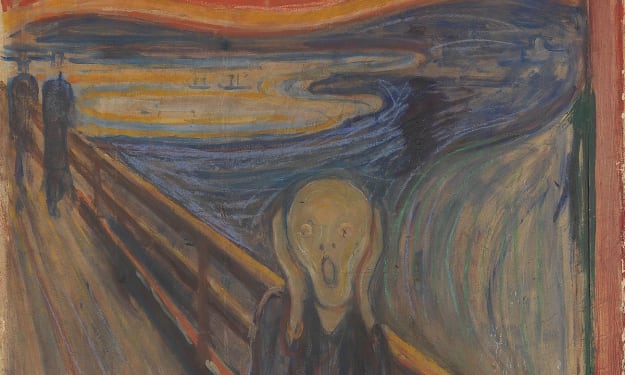



Comments (1)
I really liked your delving into this many faceted thing called ART. Every eye sees something different. How is that portrait with just colors art? One may ask, are we just buying someone's name, like Nike and what not. Also, i couldn't figure out what that Guernica painting was. So glad to see it here. I like your article.